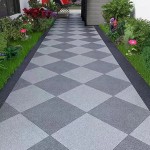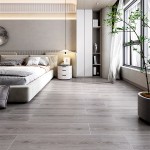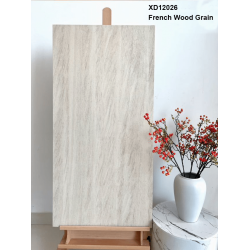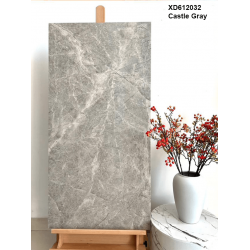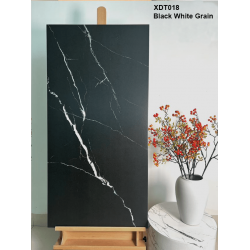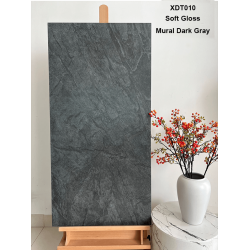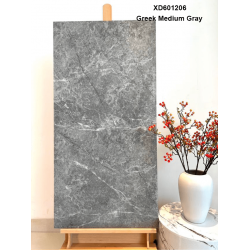Unconventional Ways to Choose and Install Tiles

Tiles are an essential material in home decoration, commonly used for walls and floors in kitchens, bathrooms, living rooms, and bedrooms. However, the selection and combination of tiles require careful consideration. If you want to break away from the usual colors and installation methods and add a touch of personalization to your decor, here are a few creative tile combinations and installation techniques worth exploring. In this article, we will also recommend some unique tile designs that you might find interesting.
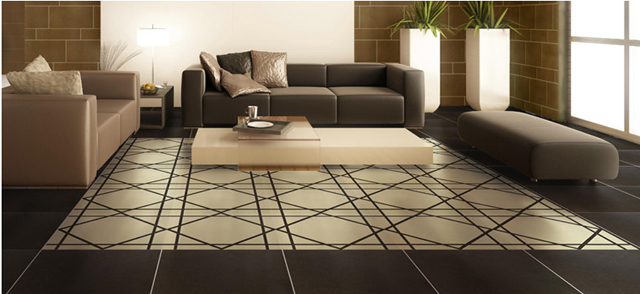
1. Wallpaper Tiles
In today's interior design trends, materials often imitate each other. Wallpapers can mimic the appearance of tiles, and tile patterns can imitate wallpapers as well. This approach allows for a dual choice in terms of both aesthetics and performance. For example, in a bathroom, if you want to achieve a decorative effect similar to wallpaper, you can choose tiles with wallpaper-like patterns. This way, you can achieve the desired decorative effect while still benefiting from the tile's moisture resistance and durability.
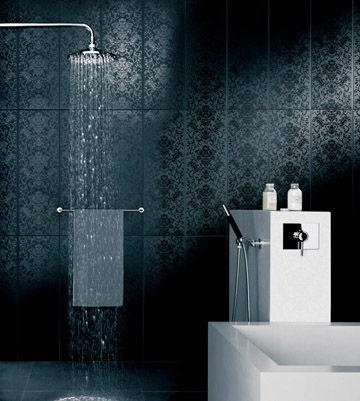
2. Cut and Recombine
The image shows a mixed technique where rectangular tiles are cut off at one or two corners, creating various shapes such as triangles, trapezoids, and parallelograms. These cut tiles are then freely recombined, like a puzzle, resulting in a visually striking and fashionable wall. Although this method requires some effort, it is not overly difficult. It is important to avoid using too many different colors for the cut tiles to prevent the wall from appearing cluttered and disorganized.
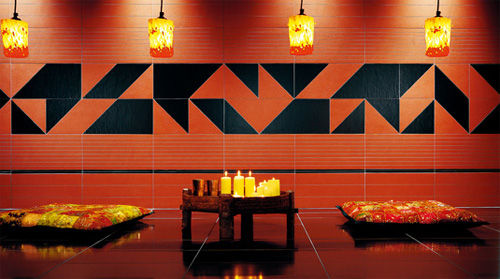
3. Harmonious Grayscale
If you want to use multiple colors of tiles on one wall, it is advisable to choose tiles with lower brightness and higher grayscale. Regardless of whether you choose warm or cool colors, the grayscale of the tiles will subtly unify all the colors, creating a harmonious overall effect. When installing the tiles, make sure to distribute the colors evenly, and scatter the tiles with stronger colors to avoid an unbalanced visual appearance.
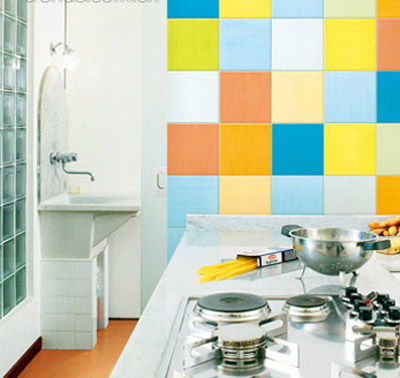
4. Versatile Waistline
Originally, a waistline was used to separate the upper and lower parts of a wall, acting as a decorative element. However, you can break this convention and place the waistline at any position on the wall, such as the top or even use it as a decorative element on the upper part of the wall. You can also combine several waistlines to create a unique tile pattern. Some waistlines imitate the texture of natural stone and come in various sizes, allowing you to create a stunning wall design that surpasses the typical retro brick style.
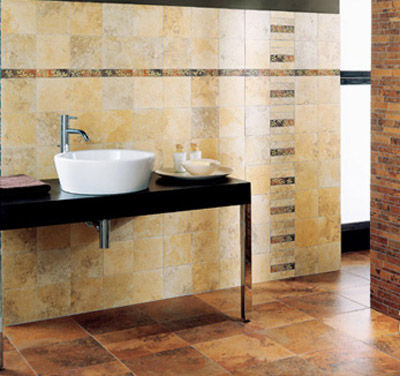
5. Pattern Dyeing
Some tile patterns require multiple small tiles to be assembled together. Small tiles with dimensions similar to exterior wall tiles can be particularly flexible to work with. They can be used in smaller, relatively independent areas, such as open-wall cabinets or storage compartments. Using these tiles as a background adds aesthetic appeal while enhancing functional zoning.
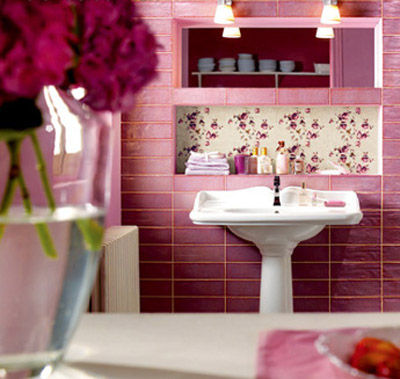
6. Artistic Patterns
The market now offers porcelain tiles that closely resemble the texture and patterns of natural stone. These artistic patterned tiles can be used on both floors and walls. To avoid monotony, you can cut whole tiles and install them on the wall, deliberately breaking the complete pattern. This technique creates more variations in pattern colors and contrast, adding depth and visual interest.
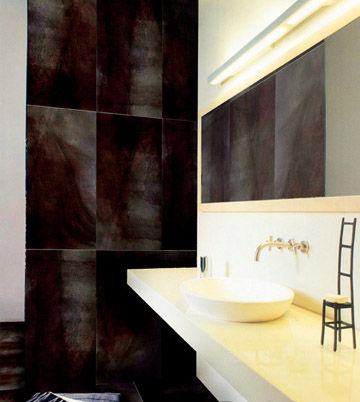
In conclusion, by exploring unconventional tile combinations and installation methods, you can achieve a unique and personalized look for your home. Whether it's using wallpaper-like tiles, cutting and recombining tiles, harmonizing grayscale, experimenting with waistlines, utilizing pattern dyeing, or incorporating artistic patterns, there are endless possibilities to create a distinctive and visually appealing space.
Remember to choose tiles that reflect your personal style and preferences. With these creative ideas, you can transform your home into a truly extraordinary living space.


